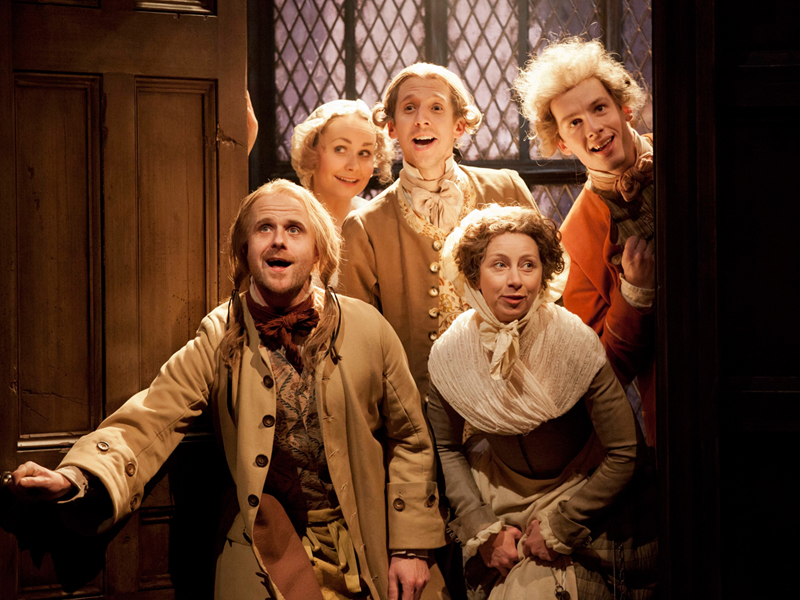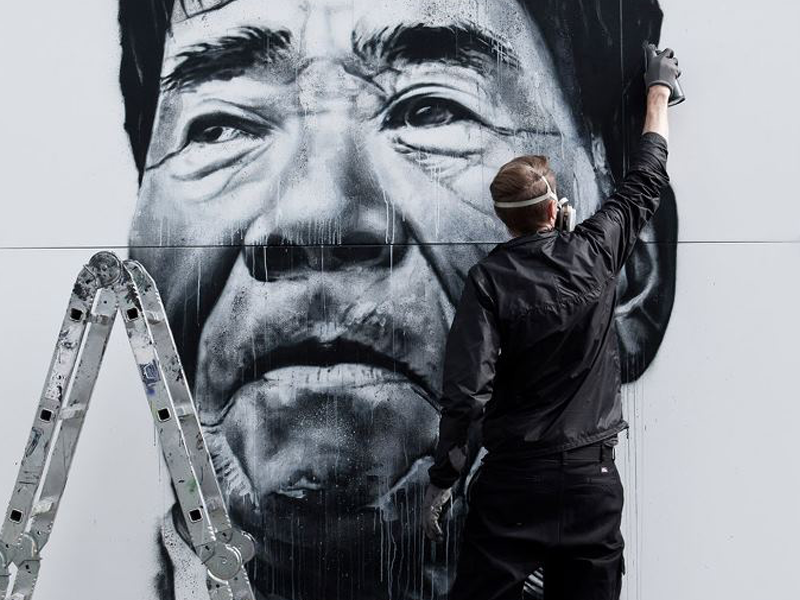
BUDAPEST OBSERVATORY: WHO AND WHY STUDIES THE CULTURE
When people hear the word "observatory", the majority associate it with the place for observation of astronomical phenomena. But in your case it has another connotation.
The classical dictionaries, including their online variants, still define observatories exclusively in the original sense, as astronomical stations or locations, although metaphoric use of the term has been widespread for organisations that watch other phenomena in the past twenty years or so. The earliest non-astronomical observatories inspected natural subjects like weather, environment, biodiversity, earthquakes or volcanoes, followed soon by observatories on social issues. The basic urge behind the quick spread of this new kind of institution is the desire for systematic monitoring, and especially the growing thirst for benchmarks, including international comparisons; and the basic condition has been the advancement of information technology.
Next to other societal domains like the economy, health, education etc. the wave soon reached the field of culture, too. The first cultural observatories appeared in France in the 1990s.
Not with standing the ongoing increase in numbers, the kind is still fluid. There is no definition for observatories on societal issues in general, or for cultural observatories in particular. There is no registry or “licensing”. In fact, the observatory is more of a function or a programme – that of systematic monitoring – than by necessity a separate institution. Several of the cultural observatories in Europe are well defined lasting projects of public or private institutions.
And who in this case defines the scope and procedures for observatories?
Some observatories carry out their monitoring within strict frames, upon precisely delineated agendas specified by a public – international, national, regional or municipal – agency. Others, like the Budapest Observatory, define their own work plan under the guidance of a board or similar governance scheme. Several of the best-established observatories in Europe enjoy fairly regular structural public financing (e.g. from the government) and engage in major projects (e.g. with the EU) that define the bulk of their activities. The Budapest Observatory does not belong to these. At the pace of vanishing regular structural public financing, the scope of our activities has become largely determined by opportunities of delivering research or related services within our realm of action.
.png)
Tell us about the work specialization of the Budapest Observatory. What are the key competencies?
This scope of action has remained stable since when UNESCO and the culture ministry of Hungary agreed about establishing the observatory in 1999: keep an eye on the conditions of culture in the post-communist countries in east-central Europe. Although fairly general, this mission has served as proper guidance ever since. Except that the realm of culture has increasingly absorbed adjacent areas in the creative industries which we had to observe, too. The most inherent functioning of our observatory is an international comparison.
Is there a fundamental principle, which is guided by the culture observatories?
A basic attribute of any observatory, by definition, is objectiveness. Not only must observatories be exempt of biases, they cannot act as agencies of advocacy or promotion. That requirement, however, is almost always at odds with the mission of the observatory. While attempting at utter reliability, they often stand for a cause (sometimes of high principles like human rights, peace etc.). In a case of the Budapest Observatory, this cause is the position of culture in the region, or even more, the position of east-central European culture vis-a-vis the rest of the world. No matter how broad is the scope of observation, which comprises the entire range of culture, this central idée fixe is the backbone of our activities.
Who are the customers of your services?
Our natural clientele is the cultural communities in the region: the sectors, above all, and all those following the state of culture. Nevertheless, as the stated goal is to monitor the position of culture in the region in relation to the rest of the world, the comparison offers knowledge for the rest of the world, too. One measure of the effect of our work is that nearly half of the roughly 4000 subscribers to the newsletter of the observatory are from outside east-central Europe.
.png)
What project is the Budapest Observatory team working on now? Why is it important?
Our expert survey on the climate of culture is in focus, our Barometer. You can find out about its background here. Beyond this diagnostic function, the exercise is important in shaping the concepts and the language about cultural policies, so that next to emotional arguments a more articulated language of analysis and advocacy should come about.
Are there any prerequisites/conditions for the creation of cultural observatories in the Eastern Partnership countries?
Ideally, cultural observatories whose establishment I see imperative in every country or larger region should exist with more defined agendas than what the special conditions determine for the Budapest Observatory. Some of the caveats are common:
-
Scholarly standards are important. This enables observatories to be full members of research projects. Nevertheless academic logic – ad hoc research topics or individual academic interests – must not override the continuity of monitoring.
-
Observatories must have the skills to generate data. Nevertheless collating and analyzing existing data suit them more. Observatories should not act as statistical agencies.
-
The knowledge accumulated should be shared. One form is training. This comes most naturally if the observatory is attached to an educational institution (a university), but it is not an indispensable function.
-
As stated above, advocacy is no primary purpose. It is nevertheless clear that the main raison d’etre of any cultural observatory is to further the cause of culture through the monitoring of relevant phenomena.
We also recommend:
Seven of the biggest cultural observatories in one study
What do cultural observatories do?
The phenomenon of cultural observatories




